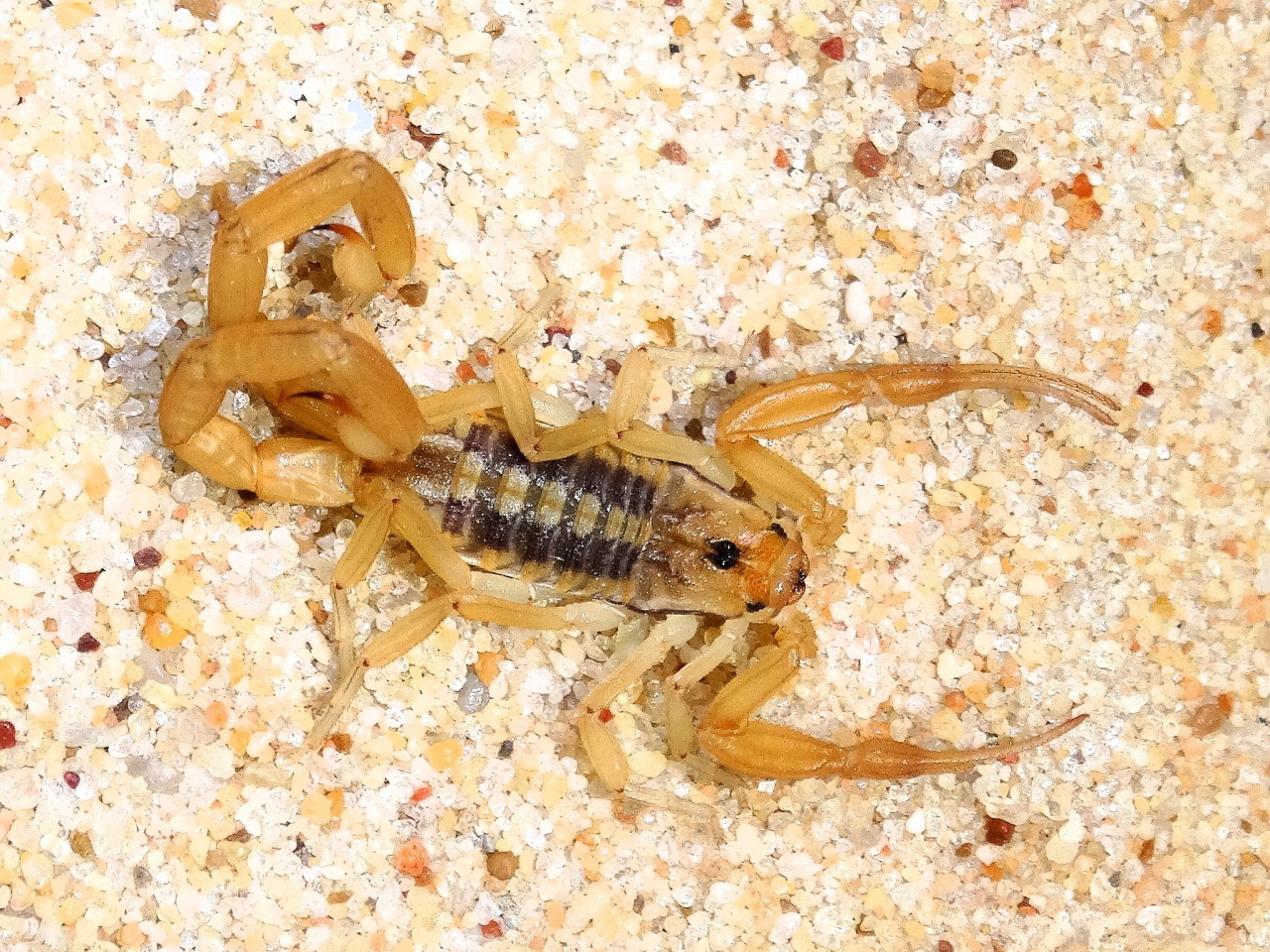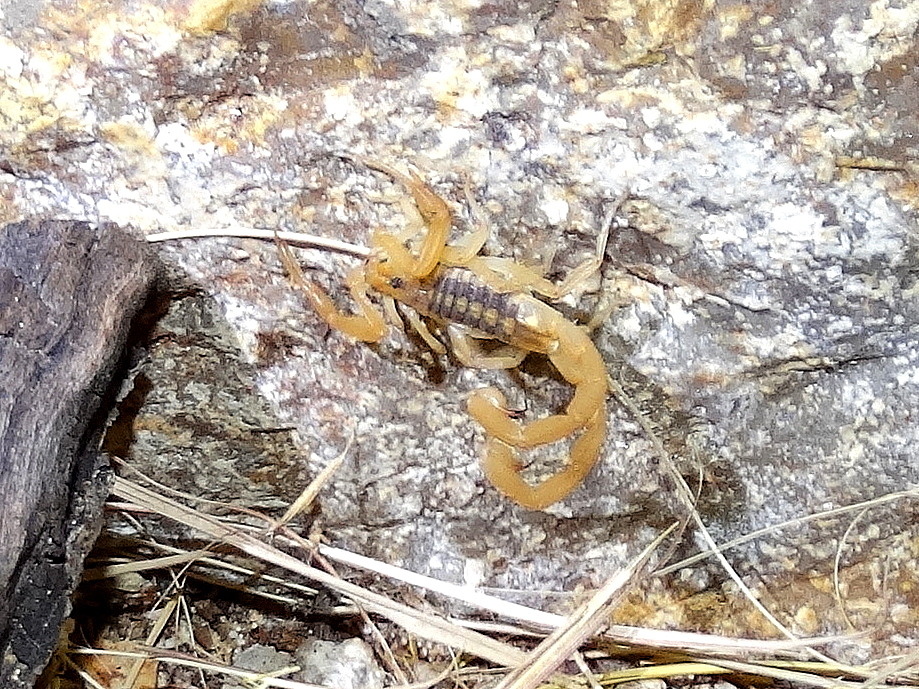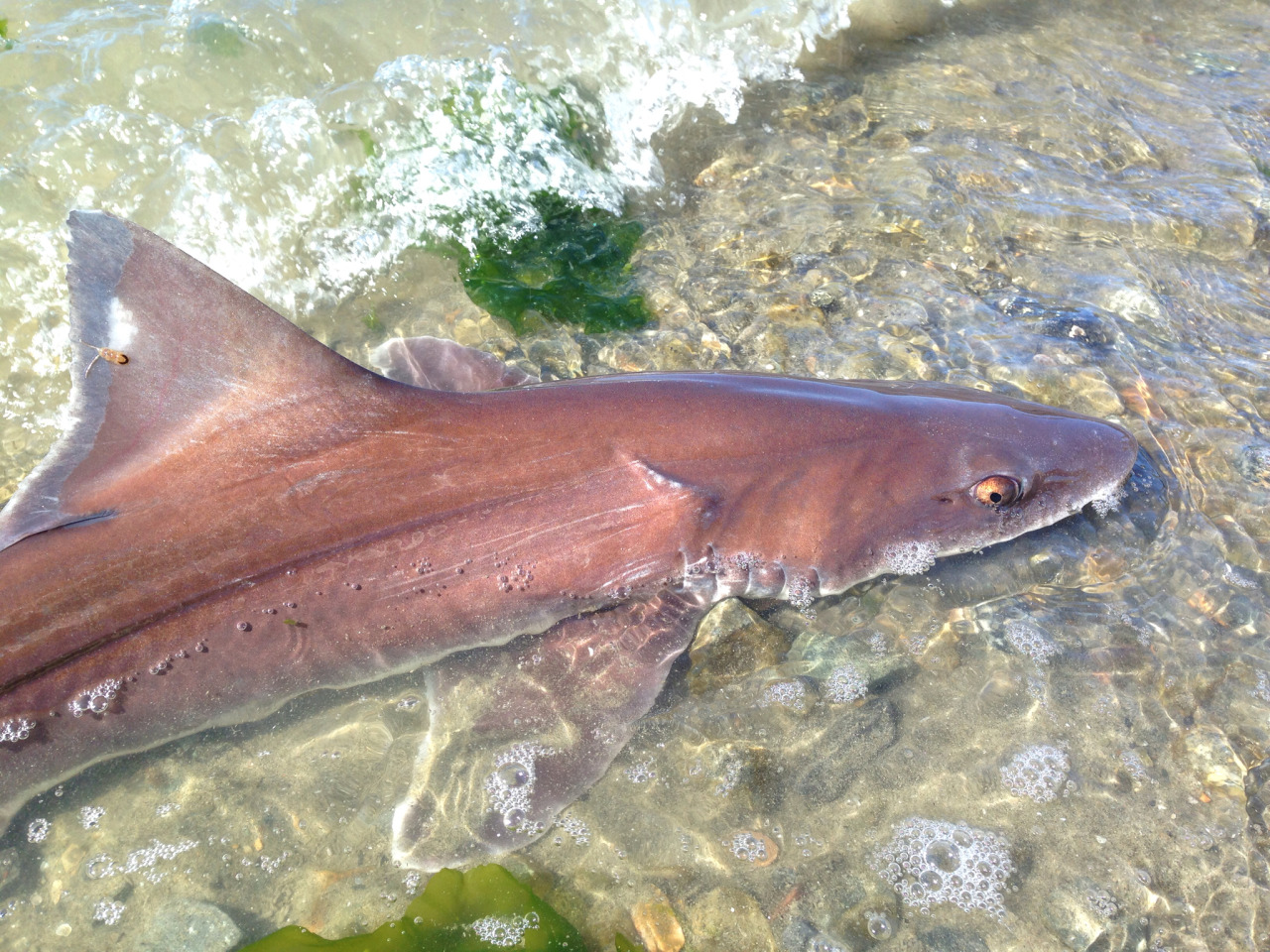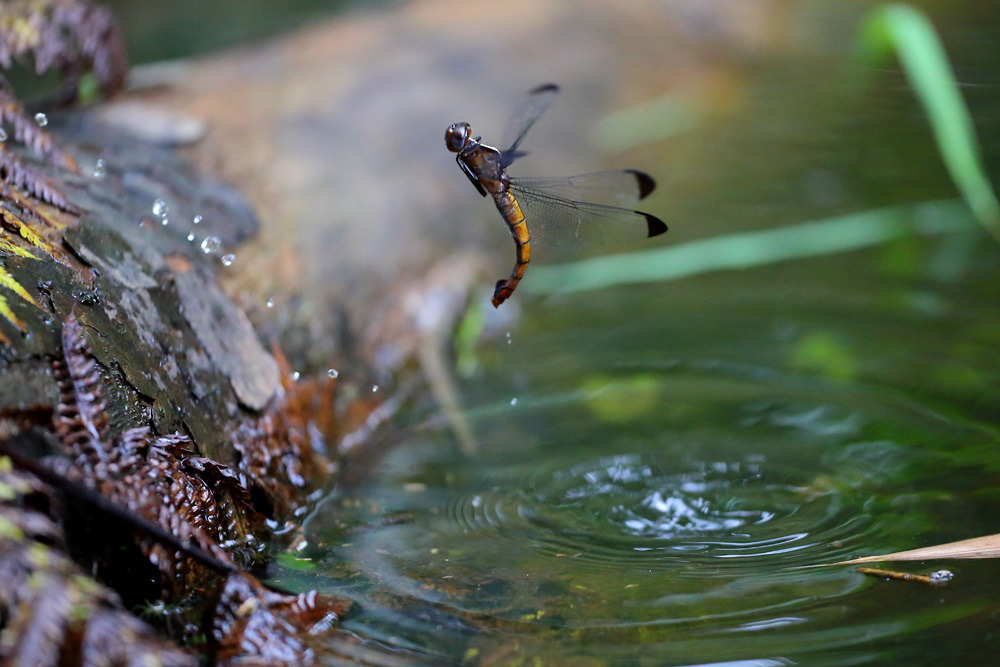iNat and Media Attention in 2016

iNaturalist has been the recipient of some media attention this year, from the National Park Service’s BioBlitz 2016, which peaked on May 21st, and xkcd’s mention of iNat in its early June comic, but our biggest boost came from this story on NPR by KERA’s Lauren Silverman, which ran on August 6th and made some comparisons between iNat and the Pokemon Go craze.
iNat user Sam Kieschnick (@sambiology), an Urban Wildlife Biologist in Texas, had been running a few moth programs during National Moth Week and one program in Midlothian, Texas got some press in a local paper. “Lauren Silverman...must have read that and called me up to get some more information,” says Sam. “Another moth night was coming up in Dallas, so I invited her to it. She brought some recording tools to make a story for the local and statewide shows. The story ended up going a little bit towards the Pokemon Go angle, and that was good - because of that, it was picked up nationally on Sunday morning's All Tech Considered.”
The NPR story really boosted the number of new users to iNat, as well as activity on the website and in our mobile apps. For example, here’s a chart showing the number of new iNat iOS users after the NPR piece aired crushing any old records we had (you can see the earlier spikes around the BioBlitz and the xkcd mention). 
It’s interesting to compare these new user spikes to the number of iOS sessions (a period of time when a user is actively engaged with the app). There’s a really big spike during the BioBlitz’s peak days, although not as large as the NPR story garnered.
The BioBlitz spike was due to a high number of multiple sessions (same folks using the app multiple times), whereas the NPR spike was caused by a large number of new users, rather than multiple sessions. Different audiences and goals, perhaps?
What’s cool is that our numbers post-NPR are still significantly higher than average. After the xkcd mention we had a huge spike in web sessions, then a sharp drop-off; after NPR, session numbers remain much higher than usual and very high for this time of year, which historically has lower session numbers. And while we of course can’t link all new users to the NPR story, it’s fun to check out the numbers of new users since the story ran: 35,414 new users were created between August 5th and August 30th, and they’ve made 58,518 observations - about 31% of all observations made since August 5th. Not bad!
So what’s going on here? Did the NPR story just reach the right demographic? Have a wider reach overall, since it’s from a major news source? Or perhaps the popularity of Pokemon Go helped everyone realize that going outside and pointing your phone at things can be a lot of fun - priming folks for iNat. It’s also noteworthy that the NPS BioBlitz was focused on a specific period with a specific goal, whereas the NPR piece took a different tack, emphasizing fun, competition, exploration, and discovery - something folks can use any day, wherever they are.
If you’ve got some thoughts, feel free to share below.
- by Tony Iwane (with data help from the iNat team)












